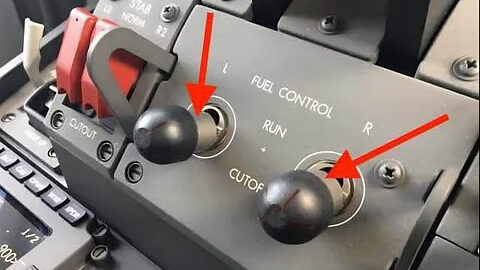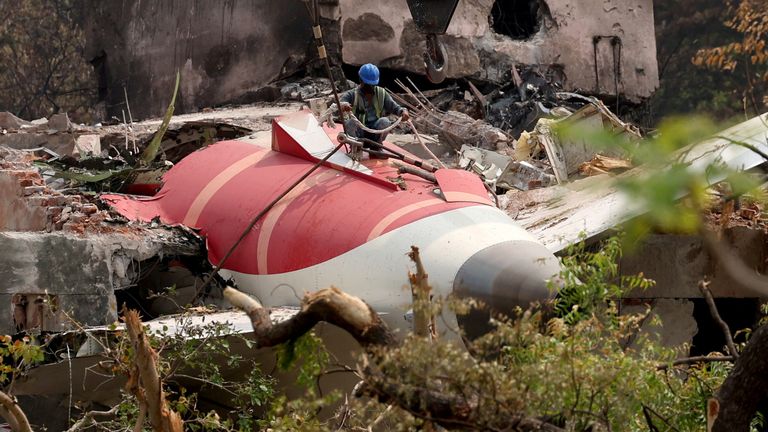The Air India Flight 171 crash of 12 June 2025 claimed 260 lives when the Boeing 787 fell from the sky just 32 seconds after taking off from Ahmedabad. Recorders show both engines shut down because their fuel‑cutoff switches flipped from RUN to CUTOFF without any command from the crew.
A 2018 FAA warning that many skipped
Back in December 2018, the US FAA issued Special Airworthiness Information Bulletin NM‑18‑33. It advised operators of several Boeing types, including the Dreamliner, to test the locking feature on each fuel‑cutoff switch. The notice was recommendation only, not a mandatory directive.

Did Air India do the check?
No. Maintenance logs reviewed by investigators show Air India never performed the stand‑alone lock test, even after throttle‑control modules were replaced in 2019 and 2023.
What the Air India Flight 171 preliminary report says
India’s Aircraft Accident Investigation Bureau (AAIB) released its 30‑day report on 11 July 2025. It confirms that both switches moved to CUTOFF but does not yet explain why. Pilot error, mechanical failure, and deliberate action all remain on the table.
Regulators respond worldwide to Air India Flight 171
- DGCA India has ordered every Indian carrier to inspect the switch‑lock mechanism on all 787 and 737 jets by 21 July 2025.
- FAA & Boeing say the existing design “does not present an unsafe condition” and have issued no airworthiness directive.
- Airlines from Europe to Australia are running precautionary checks, even though most passed earlier maintenance audits.
What comes next
Investigators will bench‑test the recovered switch assemblies and study cockpit ergonomics. If a systemic flaw appears, expect an Emergency Airworthiness Directive before the final report, due by June 2026.
Why this matters
The Air India Flight 171 crash reminds operators that “optional” safety bulletins can become critical overnight. Regularly reviewing SAIBs—and acting on them—protects both passengers and reputations.
Dig deeper: Read our article on the history of Boeing for insight on what the organization has been dealing with.


[…] The process to identify hazards, assess risk, and implement controls using reactive, proactive, and predictive […]